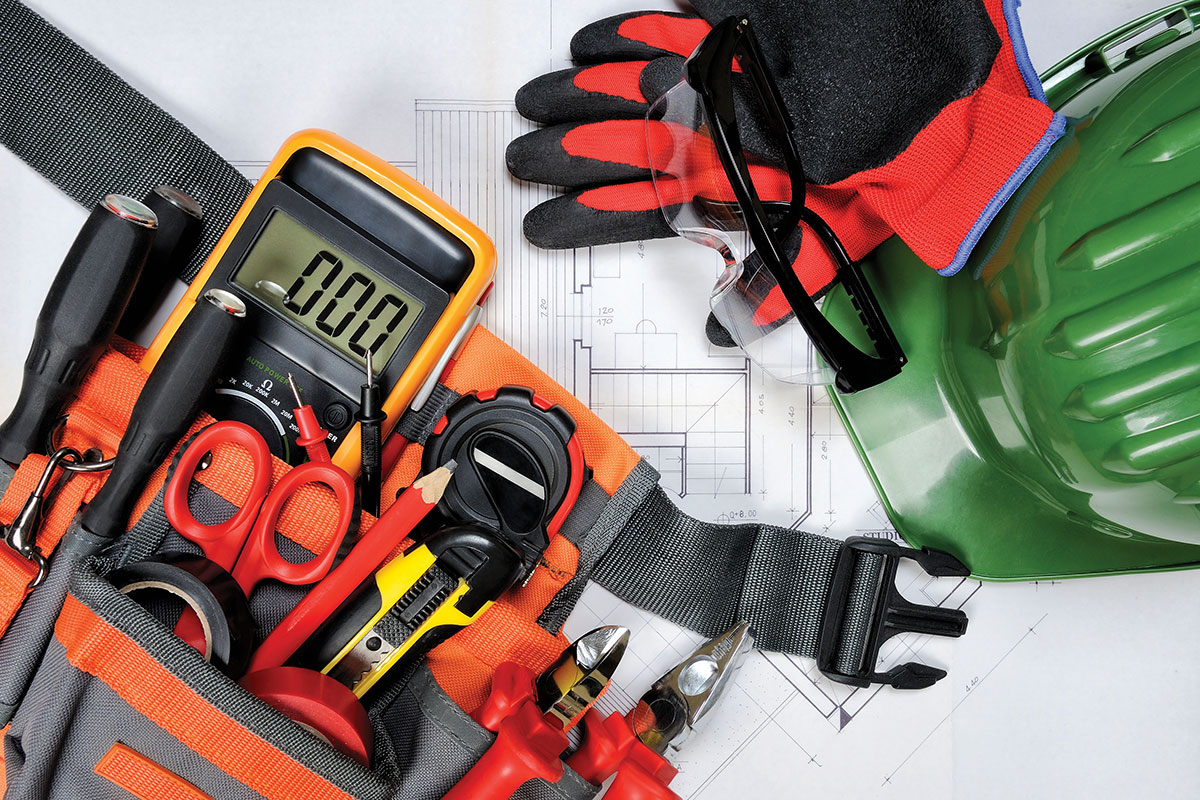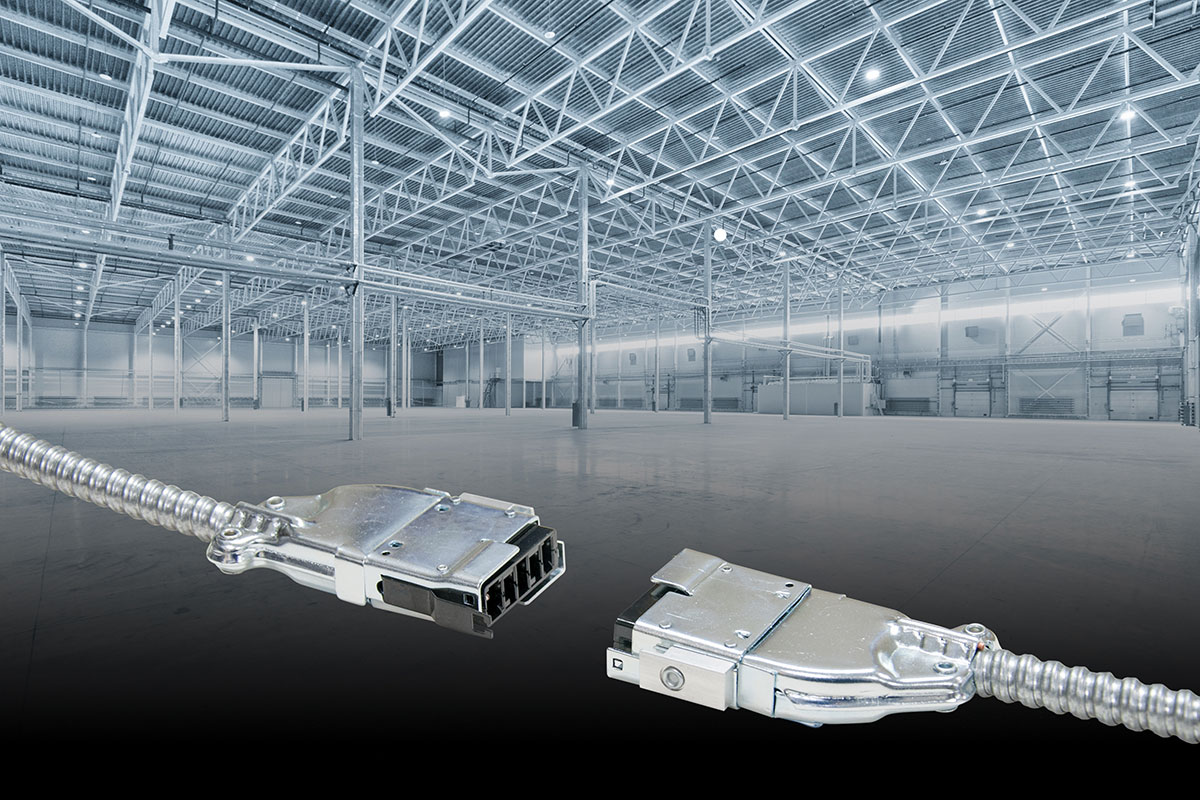There are two sets of rules for work in proximity of overhead high voltage lines: The rules for qualified persons and the rules for unqualified persons. There is no gray area.
Occupational Safety and Health Administration (OSHA) regulation 29CFR1910.269(x) defines a qualified person as “one knowledgeable in the construction and operation of the electric power generation, transmission, and distribution equipment involved, along with the associated hazards.” OSHA 29CFR1910.269(a)(2)(ii) also requires that qualified persons “…shall be trained and competent in the skills and techniques necessary to distinguish exposed live parts from other parts of electric equipment; the skills and techniques necessary to determine the nominal voltage of exposed live parts; the minimum approach distances specified in this section (1910.269) corresponding to the voltages to which the qualified employee will be exposed, and proper use of the special precautionary techniques, personal protective equipment, insulating and shielding materials, and insulated tools for working on or near exposed energized parts of electric equipment.”
A person qualified to work on overhead high voltage lines must be trained and competent in all of the above skills. If he or she is not, then they are unqualified with respect to work on overhead high voltage lines. A person may be a qualified crane operator or a qualified roofer, but they are not qualified with respect to work on overhead high voltage lines unless they comply with the above rules. Unqualified persons must stay away from overhead high voltage lines.
How Far Away?
OSHA29CFR1910.333(c)(3)(i)says that, “When an unqualified person is working in an elevated position near overhead lines, the location shall be such that the person and the longest conductive object he or she may contact cannot come closer to any unguarded, energized overhead line than the following distances: For voltage to ground 50kV or below – 10 feet (305 cm); For voltages to ground over 50kV – 10 feet (305 cm) plus 4 inches (10 cm) for every 10kV over 50kV.”
In OSHA29CFR1910.333(c) (3)(i)(B), “”When an unqualified person is working on the ground in the vicinity of overhead lines, the person may not bring any conductive object closer to unguarded, energized overhead lines than the distances given in “…the above rule. Sometimes the minimum distances described above are referred to as “dangerous proximity.”
If work must be performed by unqualified persons within dangerous proximity of an overhead high voltage line, OSHA requires in 29CFR1910.333(c)(3) that “…the lines shall be deenergized and grounded, or other protective measures shall be provided before work is started.” “If protective measures, such as guarding, isolating, or insulating are provided, these precautions shall prevent employees from contacting such lines directly with any part of their body or indirectly through conductive materials, tools, or equipment.” The person requesting to work in dangerous proximity of an overhead high voltage line may perform the work only after the line is deenergized and grounded or preventative measures have been taken.
Employees of companies are required to comply with the OSHA regulations. An individual homeowner planning to paint his house near overhead high voltage lines is not required to comply with the OSHA regulations. In fact, he or she may not even know the regulations exist. To protect the general public, more than half the states have adopted “Overhead High Voltage Line Safety Acts.” Within these laws, the states incorporate some or all provisions of the OSHA regulations. The penalties range anywhere from $25 to $5000 per incident and imprisonment in some states. One particularly good addition to some laws is a provision that all overhead lines are to be considered energized and having a voltage of more than 750 Volts, i.e., High Voltage, unless written determination is obtained from the utility or company operating the line. Some laws go so far as to require the posting of warning signs on cranes and other equipment capable of coming in dangerous proximity of overhead high voltage lines. Contact your state government department of labor to see if there is an act in your state. Note: The Delaware Overhead High Voltage Line Safety Act goes into effect January 1, 2000.
Part 4 of the National Electrical Safety Code® (NESC®) covers work rules used by qualified employees. The NESC® rules and the OSHA regulations are very similar.
If you are looking for the OSHA regulations and you have Internet access, they are available FREE on-line atwww.osha.gov.
If you have general questions about the NESC®, please call me at 302-454-4910 or e-mail me atdave.young@conectiv.com.
National Electrical Safety Code® and NESC® are registered trademarks of the Institute of Electrical and Electronics Engineers.










Find Us on Socials